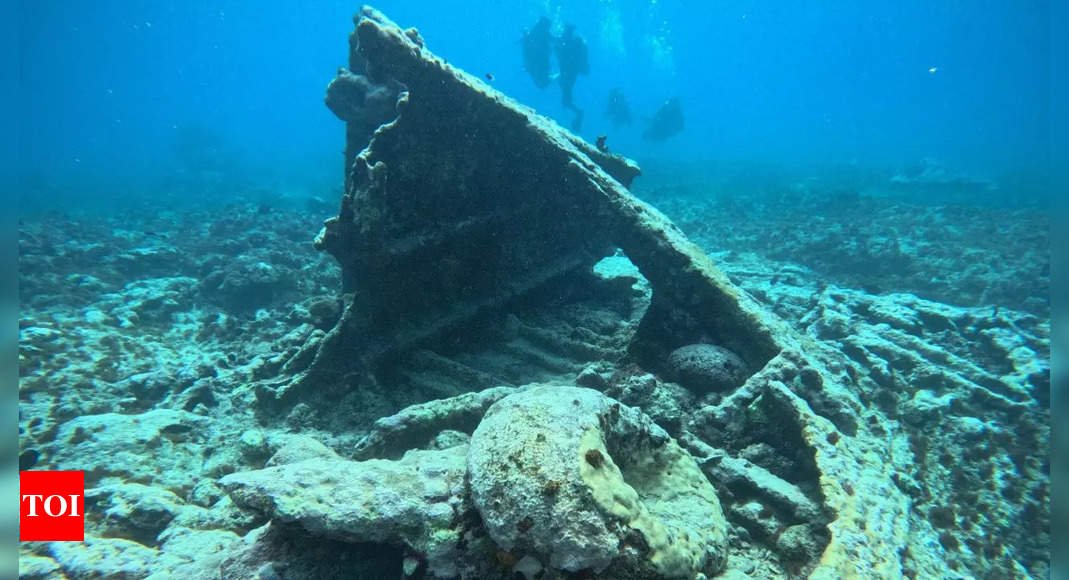CHENNAI: A group of divers exploring marine life near Kalpeni island in the Lakshadweep archipelago came across the remains of what was believed to have been a warship on Saturday morning.
Due to the nature of the wreck, researchers believe that the ship, equipped with cannons, could have belonged to any of the three European powers (Portuguese, Dutch or British) and was sunk at some point during the struggle for supremacy over the ancient sea route that connected the Middle East and Sri Lanka in the 17th and 18th centuries.
“When we spotted the wreck on the western side of Kalpeni, we didn’t know it was a warship. When we found a cannon and an anchor, we realized it could be an important find,” said Satyajeet Mane, a marine explorer who led the Brannadives diving group, a local diving group that included Nasrulla and Sajudheen.
They said they would inform local authorities about the discovery. “We found it only four or five meters deep, at the mouth of a lagoon. The remains appear to be scattered in the deepest parts of the Arabian Sea,” Mane said. “From the size of the ship, the cannon and the metal, it could be a European warship. More exploration is needed.”
Idrees Babu, a scientist with the department of science and technology and mentor to the group of divers, said such a shipwreck had not been recorded before in the region. tnn
“The ship could have been between 50 and 60 m in length. The East India Company began using iron ships on this trade route in the 17th or 18th century. We need underwater archaeological studies to learn more about this; Until then, we must protect the site,” he said.
When the British used iron ships, the Portuguese continued to use iron and wooden ships. “Coral growth on the wreckage and corrosion make it difficult to immediately determine whether the ship was made entirely of iron or also had wooden components. The coral growth indicates that it has been submerged for some centuries,” Mane said.





